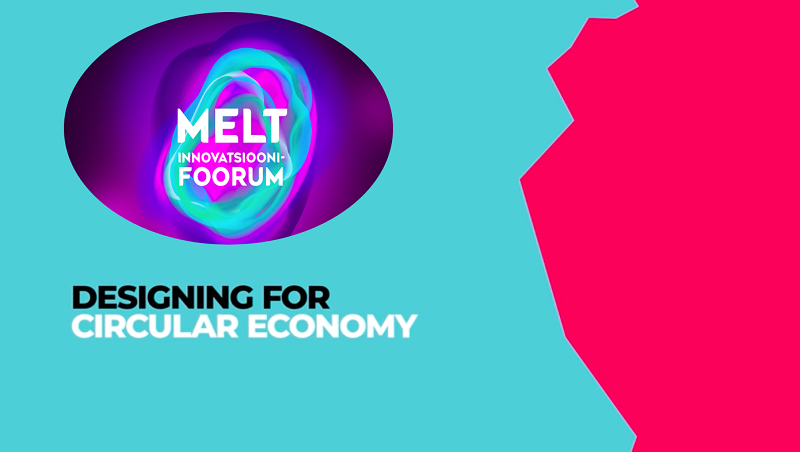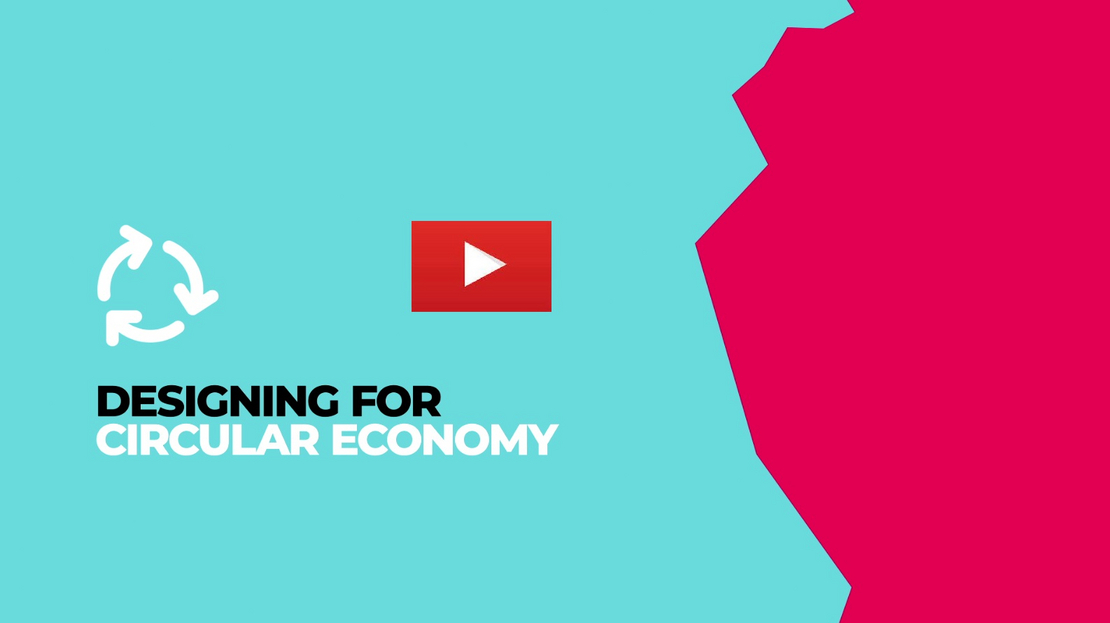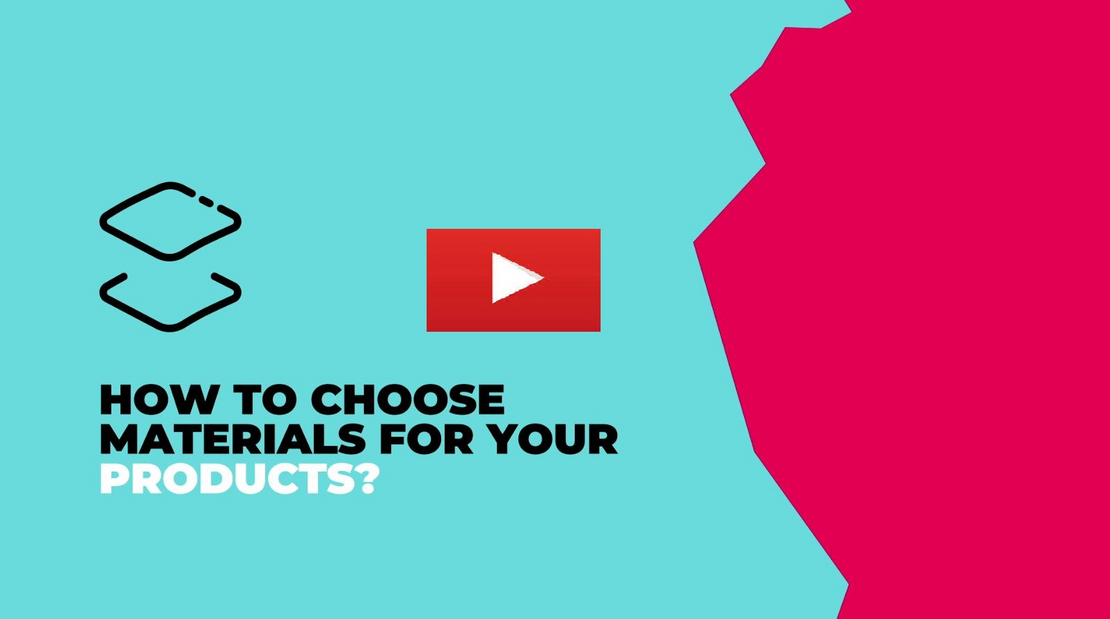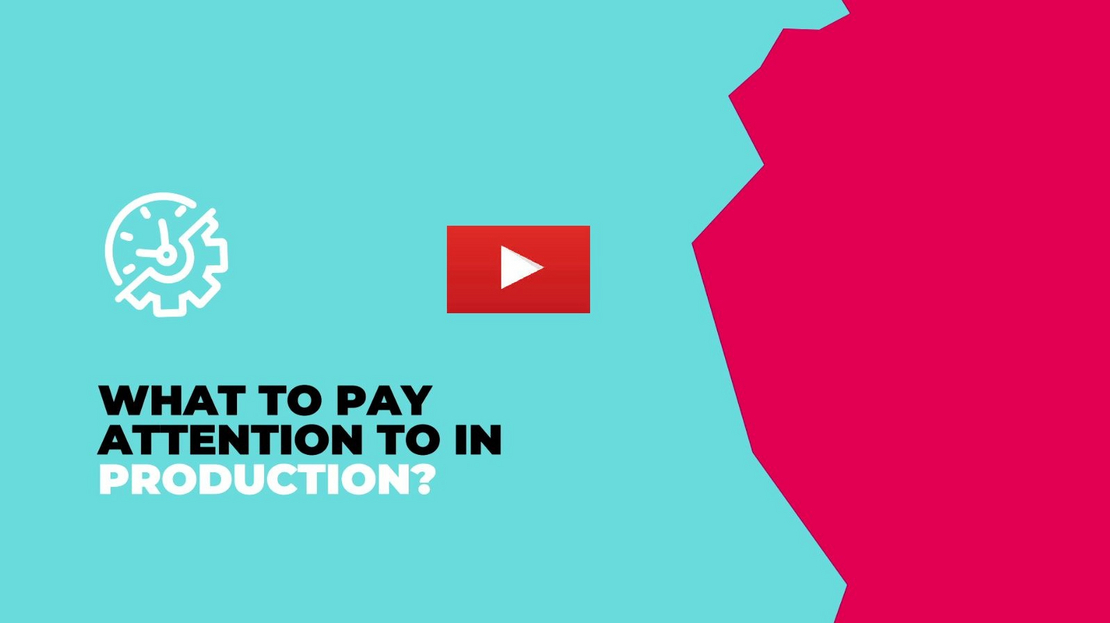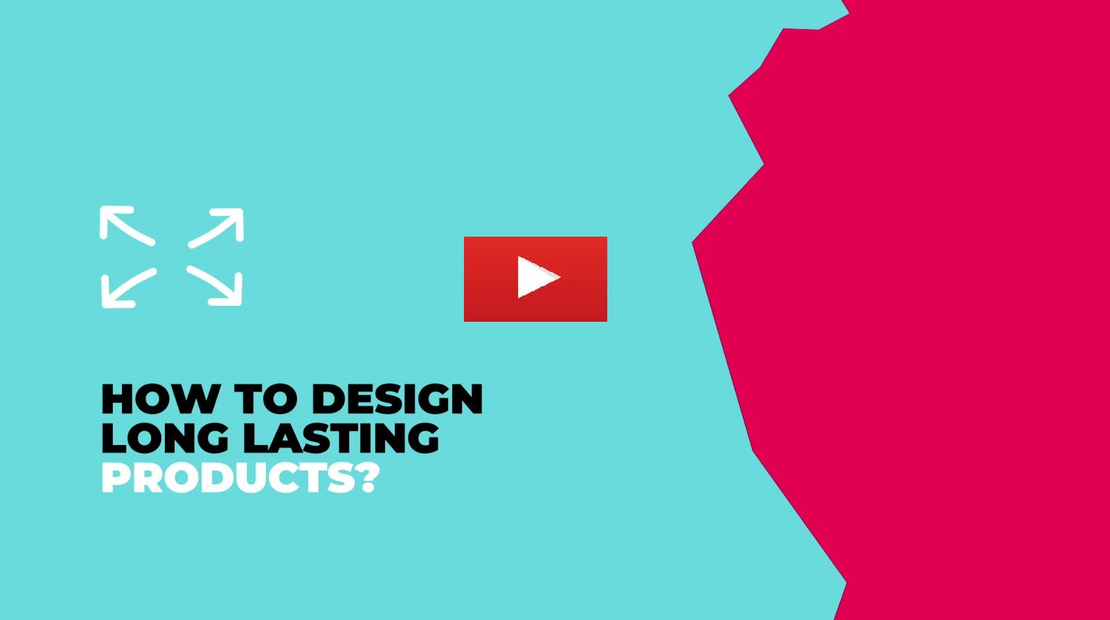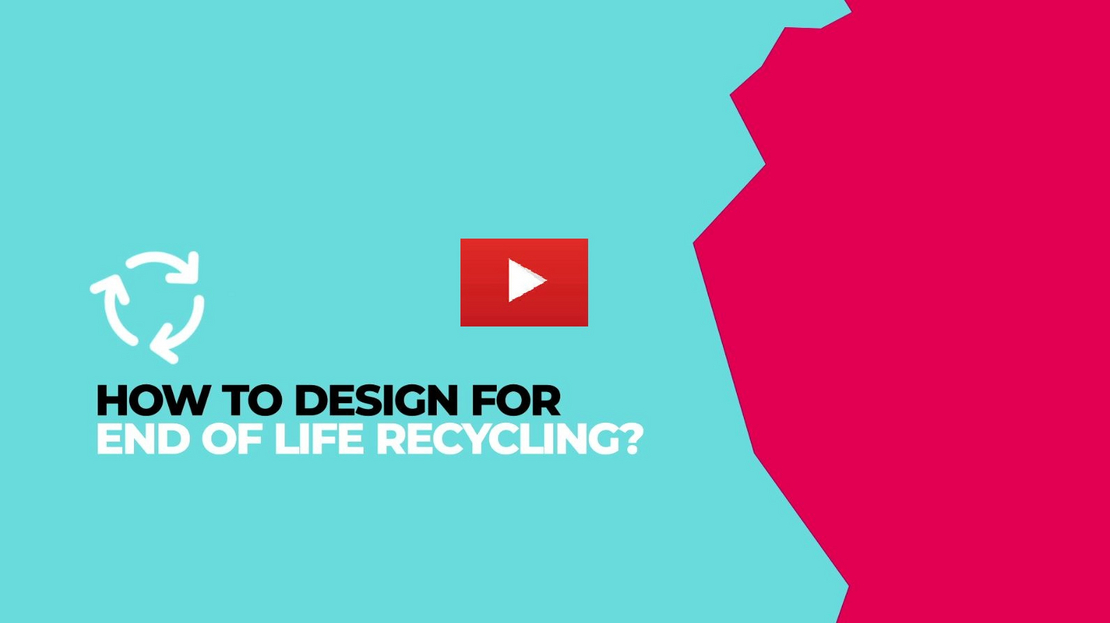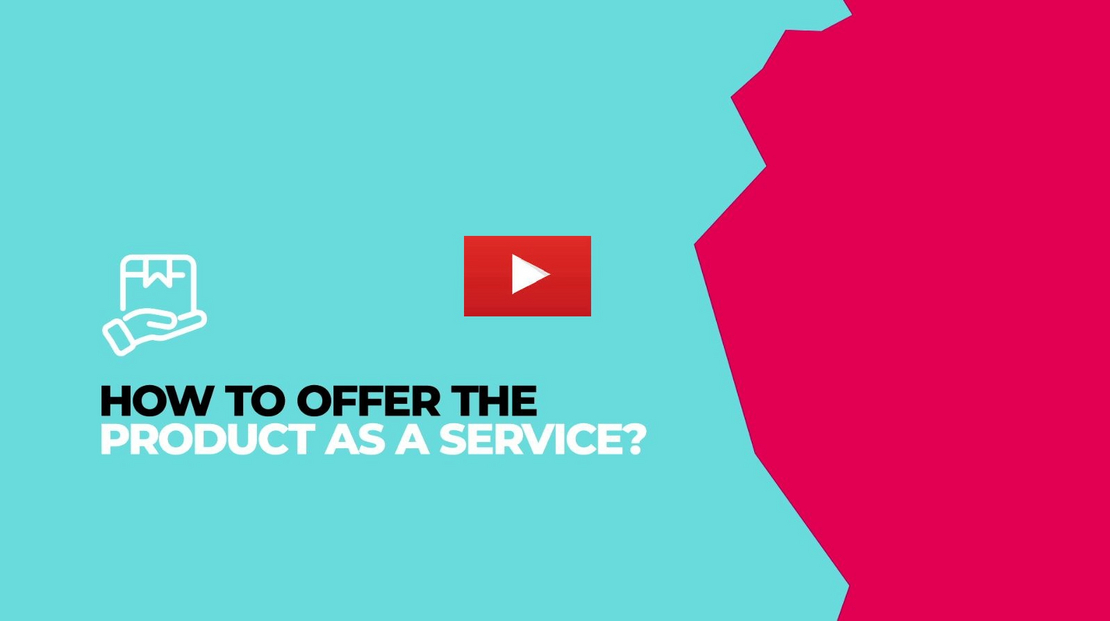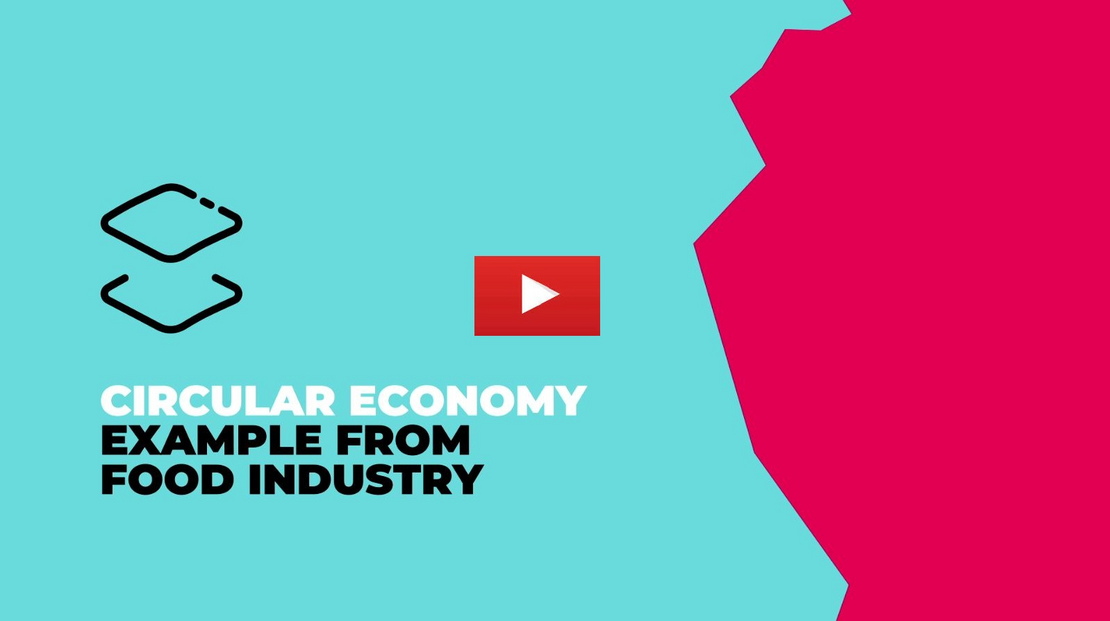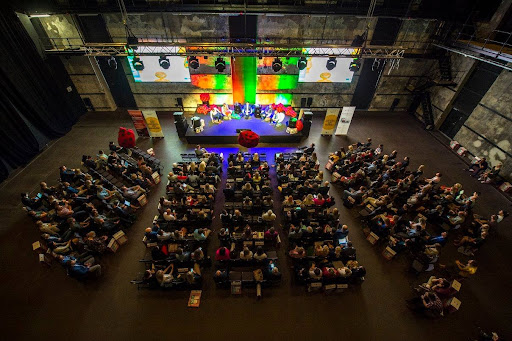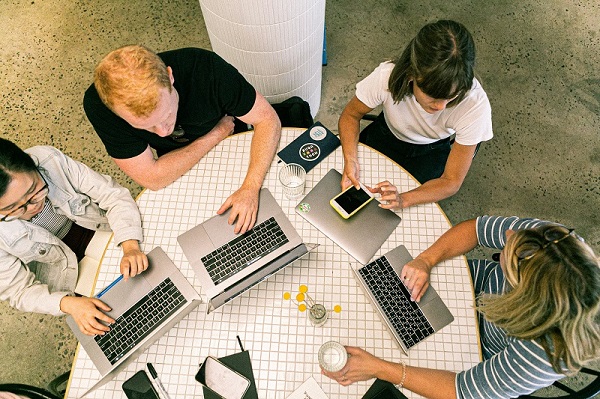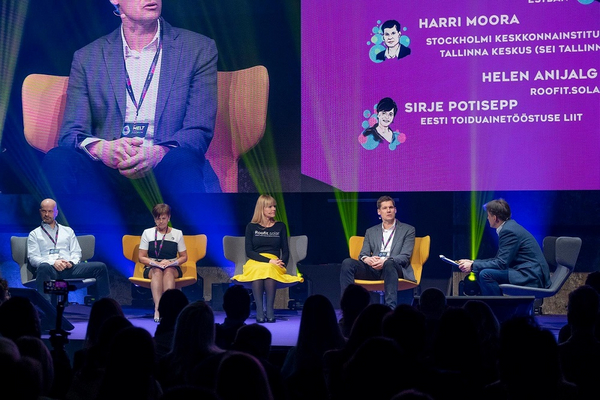FOSTERING CIRCULAR ECONOMY IN THE CCI
Do you want to learn, educate and promote circular design within your creative industry? Learn about circular design principles, find out how to develop interesting panel discussions and cooperate with circular support organisations that can help you in reaching your goals!
MELT Innovation Forum is an annual event, that introduces new business and innovation opportunities to all sectors of CCI. As environmental matters are becoming more important in today's world, it is important to discuss the solutions and educate all sectors about applying circular principles.
Hosting Partner: Tallinn Business Incubators
Contact: Nele Plutus nele[at]inkubaator.ee
By the end of this module, you will be able to:
1.Understand the main principles of circular design and ideas how to apply them in creative industries
2. Analyse your organisations possibility to implement circular economy principles based on different case studies
3. Create a meaningful discussion panel about circular economy during Innovation Forum
4. Evaluate the opportunities of circular design in company activity
5. Create and expand your network ofcircular design support organisations
The learning module is based on the internationalisation tool - MELT Innovation Forum.
The general aim of the Melt Innovation Forum is to bring together different target groups, including CCI intermediaries, enabling them to network, share ideas and build new relationships. The aim of the MELT Innovation Forum panel “Pains and gains of circular economy” was to offer valuable input for international circular economy information exchange, between creative entrepreneurs within the textile industry and introduce new business models. When choosing the panelists for the discussion, the aim was to include speakers that would present different parts of a supply chain to make viewers understand the interdependency of different parties. Thus the panel included a supplier of materials, supplier of products, supplier of data and a platform for creating and sharing sustainable clothing.
Circular design training videos "“How to design products following the principles of the circular economy?” consists of 7 short videos which are introducing the main principles of circular design. The principles are illustrated with stories of 5 successful Estonian companies that are pracitising them. The guidlines of developing international panel discussion include instrucitons about how to prepare a panel discussion that would provide valuable content for the viewers. The list of circular economy support organisations provide the names and contacts of the organisations that are involved in fostering circular economy principles in the Baltic Sea Region. The list of learning materials:
1. Circular design training videos
2. Developing international panel discussion
3. List of circular economy support organisations
LEARNING MATERIALS
1. What is a circular economy?
What is the circular economy? What are its goals? Why is it important to incorporate the principles of the circular economy into your company's operations? How to do it?
Markus Vihma, circular economy expert, introduces the topic in the first video of the Tallinn Creative Incubator series of educational videos on the circular economy.
2. How to choose materials for your products?
Each material has an impact on the environment. What to pay attention to when choosing materials? How to choose environmentally friendly materials? How can the selected materials solve problems in other areas?
In the educational video, a company named KIRA introduces its experience with sustainable materials. KIRA is a sustainable footwear brand that produces durable footwear from old car tires and plastic bottles.
3. What to pay attention to in production?
What are the main circular economic principles to pay attention to in production? What to do with production residues? How to produce resource efficiently?
In the educational video, Paragon Sleep, which produces blankets, pillows, technical textiles and beds, shares its experience about sustainable production. In the production of home textiles, Paragon Sleep recycles 100% of its production residues.
4. How to design long lasting products?
What is a good reusable product? What to pay attention to in product design?
In the educational video, Comodule, which produces bicycles and electric scooters and connects them to the Internet, shares its experience about circular product design. Today, Comodule is also the only company outside China that produces electric scooters.
5. How to design for end of life recycling?
How to design taking into account the product's end of life? What happens to the product at the end of its life? What to do with the materials at the end of its usage time?
In the educational video, sustainable design band Stella Soomlais, who designs and manufactures leather accessories shares its experiences on the topic. The company offers aftercare, repair service and rental options to its clients.
6. How to offer the product as a service?
How to offer a service instead of products? Does the consumer need the product or its function? What products can be offered as a service? What are the benefits of offering services?
Lindström, a textile services company, shares her experience about the topic. Lindström rents a variety of textiles, such as workwear, mats and hotel textiles.
7. Additional example from the food industry
How can the principles of the circular economy be used in the food industry?
The experience of the food industry is shared by a company Gelatex, which produces unique materials - nanofibers, which are used in the production of clean meat. Gelatex tries to prevent the production of waste from the meat industry at all.
The aim of organizing MELT Innovation Forum is to introduce participants to new business and innovation opportunities. The event usually includes presentations, panel discussions, interactive activities, demo areas and much more. Panel discussions are an important part of an Innovation Forum, because they enable to bring together experts and practitioners to exchange ideas and experiences to find new innovative solutions.
2.1. How to develop an interesting panel discussion for Innovation Forum?
As we live in the time of information overload, it is important that the topic that will be discussed would be interesting and relevant for a discussion. In order to find a relevant topic do the following steps:
Research other previous panel discussion
Circular economy has been discussed for several years and there have been both local as well as international panel discussions which have included different players.
- EXAMPLE MELT 2021: In Estonia there is an annual circular economy conference and circular economy has been discussed in previous MELT years. Prior to setting the theme of the topic, the organisers first acquainted themselves about the previous discussions and themes.
Find out who is your target group
It is important to understand who your target group is and what their level of understanding is about the topic. If the target group involves industry professionals who are already familiar with the topic, the theme of the panel should be more specific, whereas when the target group is not that familiar, the topic could be somewhat broader.
- EXAMPLE MELT 2021: As MELT Innovation Forum is mostly viewed by forward looking entrepreneurs, who are constantly educating themselves about new innovations, the concept of circular economy is not completely new for them. Thus it was important to be too basic and move one step further.
Talk with potential speakers, listeners & moderator
If you already have some topics that are in your mind, try to discuss them with potential speakers and listeners. Listeners can give you insights about what could be the topics that are interesting for them. Potential speakers can offer you topics that you didn't know existed!
- EXAMPLE MELT 2021: As Tallinn Creative Incubator is every day working with forward looking creative companies it was easy to understand the listeners main question of interest. The moderator of the panel had a very big overview of the circular economy practitioners and their challenges.
Choice of a moderator
- Moderator should be familiar with the topic of discussion, but he/she does not have to be an expert. If the panel is a very broad and general one, the moderator can be less familiar with the topic, when the topic is narrower, it is important that the moderator would be more knowledgeable about the topic.
- Public speaking and discussion management skills - moderator has to feel comfortable in speaking in public and ability to listen and lead a conversation. Not all topic experts and good performers are suitable moderators.
Choice of speakers
- All the speakers should have something in common and something differentiating them. The only common factor might well as be the topic, but this happens rarely. On the other hand, when all the speakers have very similar backgrounds, they tend to have similar experiences and thoughts, but for the panel to be interesting it is important that they represent different points of views.
- In today's world it is important to include both men as well as women in the panel to have gender equality.
- Don't include too many or too many panelists.
Preparing the speakers and moderator
- Technical information about how to dress, who are the listeners, who are the other panelists, what is expected.
- Even though all the conversation seems to be taking place on the spot, it rarely is. Moderators usually call the panelists prior to the panel to discuss their ideas and understand the speaker's point of view. This will give them a good understanding of what to ask from the panelists during the discussion.
During the panel discussion
- Keep introductions short - background information about the panelists should take up no longer than 3 minutes of the panel. If the moderator allows panelists to introduce themselves, there is a risk that their introductions will be much longer than expected and you lose much of the valuable discussion time.
- Get a timekeeper - the clock could be placed offstage or on the opposite wall, if one is clearly visible. Otherwise, it is good to have someone stand at the back of the room with visible signs saying "10 min," "5 min," and "1 min", holding these up as appropriate when you are nearing the end of a section.
- Keep the panelists on task. When a panelist is going on too long, or going off topic, politely return the discussion to the correct point. When she pauses for breath, jump in with a phrase similar to one of the following. You may choose to let panelists know beforehand what phrases you'll be using to bring them back on track."You have an interesting point, but let's hear more about ___""Let's see what (other panelist) has to say on that topic, especially how it relates to
- Give the audience a chance to participate - when you have 10-15 minutes left in the event, even if you have several planned questions left, move to the audience. Many times, this will be the most vibrant and informative part of the discussion, and attendees will leave feeling like their expectations of the event were met.
- Give a Gracious “Thank You” to Each Panel Member - You certainly can’t thank your panelists enough for sharing their expertise. In addition to a verbal “thank you” after the panel discussion, some people give their panelists a small gift at the event or send a handwritten note afterwards, or both. If you received positive feedback from your audience about the panel—either on feedback forms or just informally after the session—you should convey that information to your panelists.



